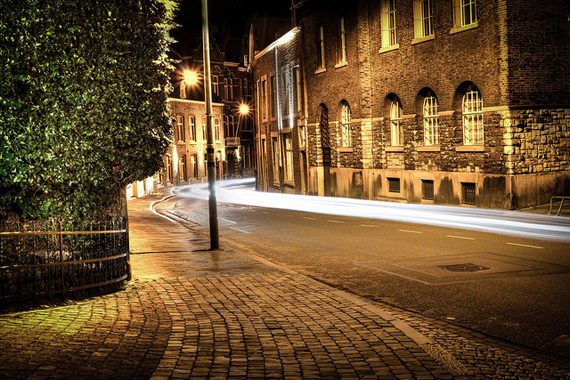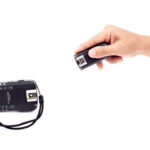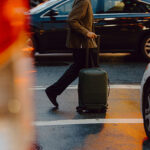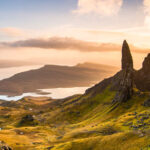Many digital photography beginners I know stick rigidly to daytime shots, apprehensive about their rate of success at night. If you’ve delayed taking that next step, or find you just don’t seem to take many night time photographs, here are a few common sense tips that will quickly help you on your way.

Photo by Viisoreanu Florin Gabriel; ISO 100, f/11, 30-second exposure.
- Ideally you will have access to a tripod – a decent make and sturdy model makes a big difference. Absolute stillness is required to get the best of the slow shutter speeds you’ll need in low light conditions. It’s the best way to guarantee tack sharp shots.
- Flash will have no impact if shooting into deep landscapes – so remember to turn this off. Switching to manual settings will cover this, and give you control over the final image.
- Try to shoot in the first half hour after sunset. This is necessary to prevent streetlights from stopping you capturing detail or colours in the sky, which will be the case once it is completely dark.
- Long exposures can drain your camera’s battery – so make sure you have a fully charged spare battery, just in case.
- Sounds strange, I know, but setting your camera’s White Balance to ‘daylight’ will make your skies seem a deep and rich blue colour, whilst also rendering any bright lights with a warm, yellowish tinge.
- I find that a tiny torch can be of great help. Every time I went out at night, at first, I always used to forget this, and struggled with the settings and adjustments I was trying to make.
- It’s worth experimenting having your camera set to Bulb (B). In this case, the aperture remains open after the shutter is depressed, and until it is released. It is advisable to use a remote or cabled shutter release to obtain the sharpest images.
- Be aware that longer exposure times can lead to somewhat grainy images. One way to combat this is to lower your ISO speed or turn on your camera’s Noise Reduction setting, if it has one. Alternatively, post production in Photoshop (or equivalent) allows you to carry out filtering to reduce the noise. Do this carefully, though, to prevent loss of detail.
- If attempting to capture moving vehicles’ light trails, try shooting at dusk, to retain some sky colour. You’ll find this adds interest to the shot. An exposure of around 15 seconds usually does the trick.

Photo by Jeff Krause; ISO 400, f/5.6, 10-second exposure.
If in doubt, just get out there and start taking shots. You just don’t know how good you are going do be until you try. Remember, especially if you are a digital photography beginner, if you don’t get it right first time, just keep plugging away until you do. It’s all digital – so just keep practicing until you are pleased with the results.
About the Author:
Article by Raymond Winters from PhotographyCourseOnline.
Like This Article?
Don't Miss The Next One!
Join over 100,000 photographers of all experience levels who receive our free photography tips and articles to stay current:






When using a flashlight in low light, I recommend using a red (or maybe blue) light so it does not mess up your night vision.
Great article, just enough info to encourage someone to get out there and try it. The only thing I’d like to add is that night photography can be VERY frustrating (especially at first), but when you do get a great (or even just good) photo it is quite exhilarating…DEFINITELY worth the effort.
Re torch, I usually wear a small headlamp, so that I have both hands free.
Night images are my favourites. and you’ve got some good tips here for beginners. Using natural light was a nightmare for me to begin with, when taking night shots – focus was the biggest issue. But like you say, keep plugging away and eventually you’ll get there
i <3 this website sooooo much. i learn so much about night time photography
Nice article! i am still not good in taking pictures at night time …so it helps me a lot. Please more article and tips!
Nice article, I would like to copy it to save in a notebook I carry when I photograph, but there is no way
to copy it how come
I never thought about turning my white balance to daylight, I will try that out!